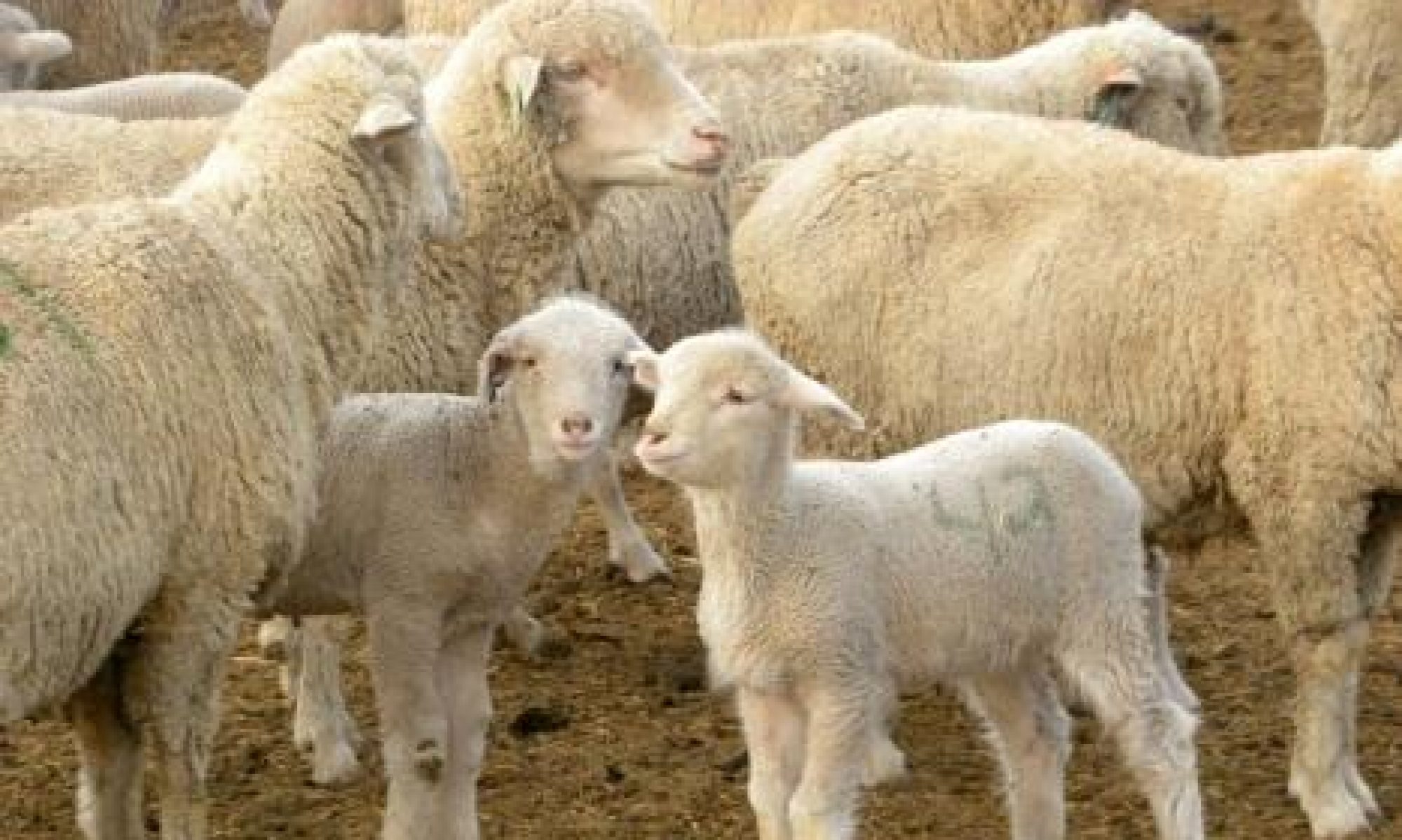Summarized from Sheep Production Handbook, p 426
It is critical that the newborn lamb receives a large amount of colostrum as soon after birth as possible.
This colostrum will provide the lamb with energy to protect it from cold. A lamb is born with a supply of “brown fat” that provides a short and immediate energy source. After that, the lamb is totally dependent on intake (colostrum).
I n addition, colostrum provides protection (antibodies) against specific diseases which the ewe has encountered. Ewes which have been given booster vaccinations in the weeks before lambing will transfer large quantities of specific antibodies. The lamb is able to transfer these antibodies from its gut to its bloodstream for a limited period of time (from birth to around 12 to 18 hours after birth). Each newborn lamb should have its first suckle within 30 minutes and never later than 12 – 14 hours after lambing.
n addition, colostrum provides protection (antibodies) against specific diseases which the ewe has encountered. Ewes which have been given booster vaccinations in the weeks before lambing will transfer large quantities of specific antibodies. The lamb is able to transfer these antibodies from its gut to its bloodstream for a limited period of time (from birth to around 12 to 18 hours after birth). Each newborn lamb should have its first suckle within 30 minutes and never later than 12 – 14 hours after lambing.
Newborn lambs should receive at a minimum an amount of colostrum equaling to at least 5% of its body weight (Some sources recommend about double this amount– 10 % of body weight) spread over 2 or 3 feeding during the first 12 hours of life. For example, a 10 pound lamb (160 oz.) should receive 8 oz of colostrum over 2 to 3 feedings within the first 12 – 14 hours of life. It is generally not recommended to give a lamb over 5 or 6 ounces at any one feeding.
A supply of colostrum should be kept on hand in case supplementation is necessary. Likely candidates for colostrum supplementation are hypothermic lambs, orphaned or rejected lambs or lambs from thin ewes. Colostrum taken from ewes within the flock is best. If chilled fresh colostrum can be used for up to two days. Alternatively, frozen colostrum can be good for a year of more. Colostrum should be frozen is small quantities as repeated thawing and refreezing can destroy antibodies. Thaw in water bath as microwave thawing can overheat colostrum and destroy antibodies. If ewe colostrum is not available, cow and goat colostrum are alternative. In each case it should be from the animals first milking. You should ask about the disease status (such as Johne’s disease and salmonellosis) of the goat or cow herd before obtaining colostrum from that farm and carefully consider whether the value of the colostrum is worth the biosecurity risk.
